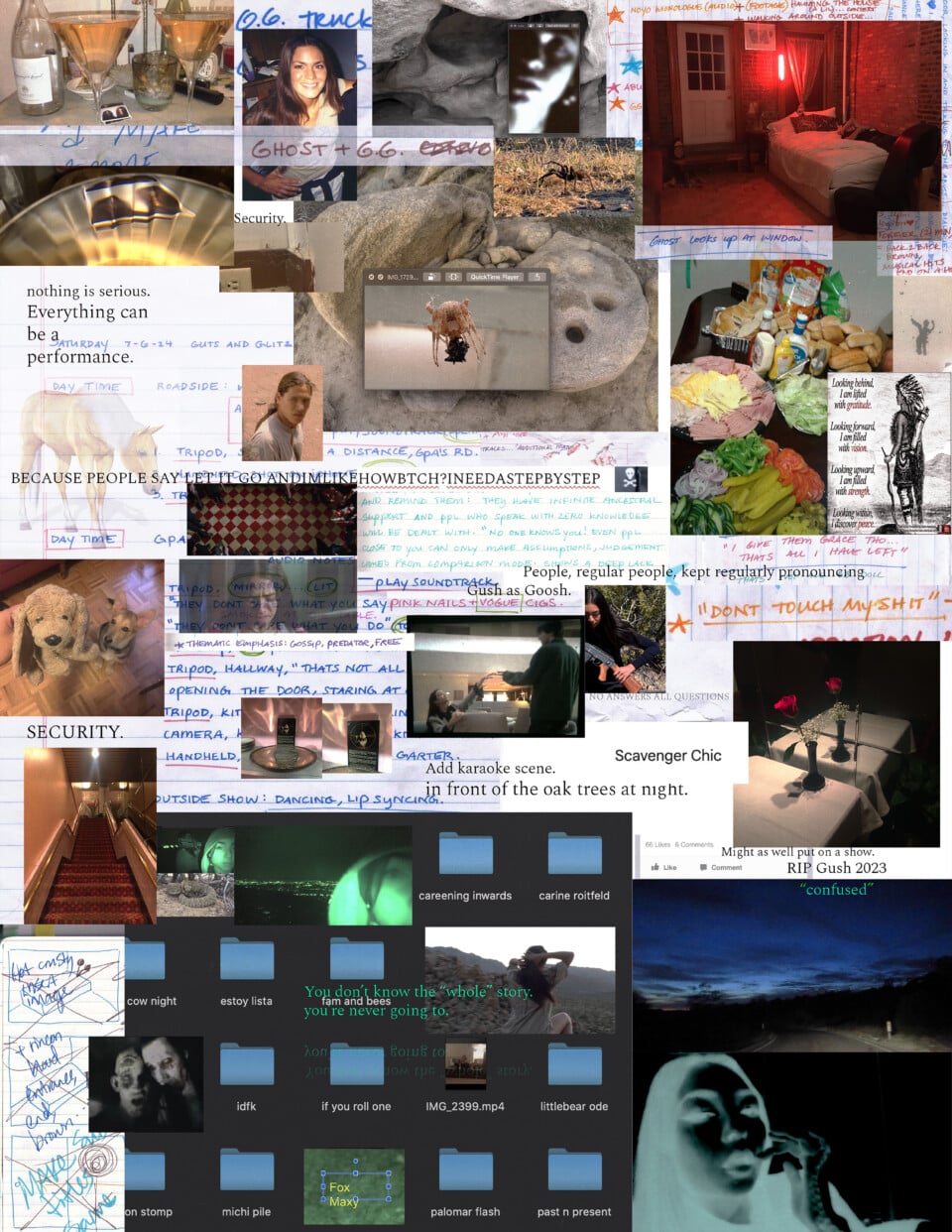I was programmed in an old-school way. My family made sure I knew how to take care of everything—clean, remove stains, mend clothes, and present myself as an employable person—from a young age. Coming from the social structure at the time, I was taught to work hard and be quiet. There was this heavy conditioning to fall into line because everything worked more smoothly if there was respect for hierarchy. Don’t question anything. No reason to speak up because someone else “above you” will handle that, and if your boss or teacher or doctor doesn’t mention it, then it’s not important. Where I was, it was normal to hear kids brag about white power. Everything was either good or bad. It was strict back then.
Old-school lessons are rooted in survival. So, walking around the world today, most of the programming I received does not always apply. I accept how society fluctuates. Growth in my work and personal life comes from constantly looking at my ways of thinking. By paying attention to my mental wellness, I decide what mindsets are old and rotted versus what’s sturdy and sustainable.
In 2019 I was told that I don’t owe anyone anything. That idea can be manipulated in bummy ways, but it launched me into making films for myself and not considering an audience. Because of old-school programming, I hadn’t previously realized I could change my rules as exterior factors change. My first short films were fueled by this open outlook and wanting to get rid of my anger. It allowed me to look at the process of making movies as “moving images” and drop all expectations for a movie to look and feel a certain way.
On the emotional end, making films is a way for me to transfer the weight of negative feelings off of my shoulders and into an art piece. Out of any medium so far, I’ve found moving images to be the most accessible way to express what I’m feeling, remembering, wanting, and avoiding. Accessible, because a lot of people have cameras on their phones and there’s plenty of free editing apps.

